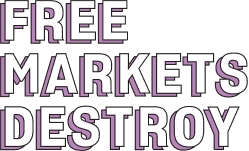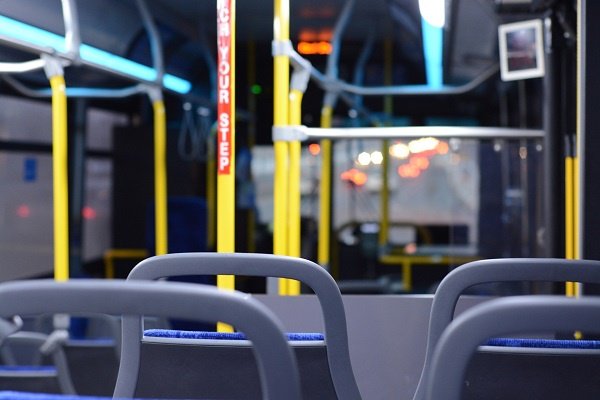Imagine public transit that picks you up near your home or work and takes you to your destination quickly and without unnecessary stops or transfers, guaranteeing you arrive at your destination by the time you pick. And, not only is it more responsive to rider demand, it costs taxpayers less, and reduces environmental impact.
Sioux Area Metro (SAM), the transit agency in Sioux Falls, South Dakota is working to make transit service more efficient to benefit riders and to help reduce the financial burden on the agency during the economic recession.
The innovative solution the agency is trying will “shift fixed route service to corner-to-corner on-demand service” using the existing bus fleet. They are partnering with a Canadian company called Pantonium, which provides the technology to create this new rider experience.
According to SAM, passengers download the SAM Flex app, provide contact information and set up payment. When people need to take a trip, rather than going to a bus stop and waiting for the next bus, they can book their trip through the app, receiving an estimated pick-up time and location at a bus stop which shouldn’t be more than three blocks away. They can track their bus while they wait.
Once the bus arrives, passengers pay the fare using the app. The bus may pick up riders at other stops along the way, passing bus stops that are empty. Pantonium estimates that between 60 and 70 percent of stops on a traditional route can be bypassed in a typical run. Bypassing stops with no demand saves time and money. It allows agencies to use just the buses they need, preventing buses from burning fuel on unproductive fixed routes. And, because it minimizes stops and transfers and increases the service area, it attracts new riders because the service is faster, more convenient, and more reliable.
As a result, low-income workers had more options to get to work. Rather than a traditional hub-and-spoke system, where routes run downtown and then back out to a suburb, the on-demand algorithm can route buses on the fly, allowing people to travel directly to their destination without long detours. Workers tend to look for jobs they can reach in less than an hour and expanding the territory they can reach with transit opens up new job options for them.
The improvement in reliability and efficiency also means a reduction in fuel use and CO2 emissions. Not only are routes more efficient, but because the system is more user friendly and reliable, people can choose transit instead of using their car. Pantonium estimates that by 2022, this system could “help prevent over 6,000,000 car trips,” saving more than 20,000 metric tons of CO2.
Pantonium calls this “on-demand macrotransit,” which differs from microtransit in that the agency uses its existing full-size buses but optimizes technology to provide better service. Using full-size buses, the company argues, allows for greater ridership and therefore efficiency. While microtransit uses smaller and more vehicles to service demand, macrotransit that routes buses in real-time uses full-size, but fewer, buses because the fleet capacity is matched to ridership.
Pantonium looked at a microtransit service in Sacramento, California pre-COVID, which generated 3.24 rides per service hour in May-June 2018. They compare this to macrotransit service they deployed in Belleville, Ontario that same year, which resulted in “30 riders per service hour, an increase in ridership of 300%, and service area expansion by 70%.” This greater efficiency was achieved while the transit agency decreased fleet mileage by 30%.
As described by a Belleville Transit official, “[Riders] no longer have to plan around us. We get to plan around them. They have the power and ability to book the bus when they need it, where they need it, to go where they need to go. That alone…is of huge value.”
Pantonium didn’t start by working with cities. They built their technology and algorithm in the private sector helping companies like Home Depot move freight. Later they thought about applying it to moving people. Private sector innovation was applied to a public sector challenge.
This is a fantastic example of how innovation in the free market and technology create new options that give people information and control over their mobility, delivering superior customer service at a much lower cost.










